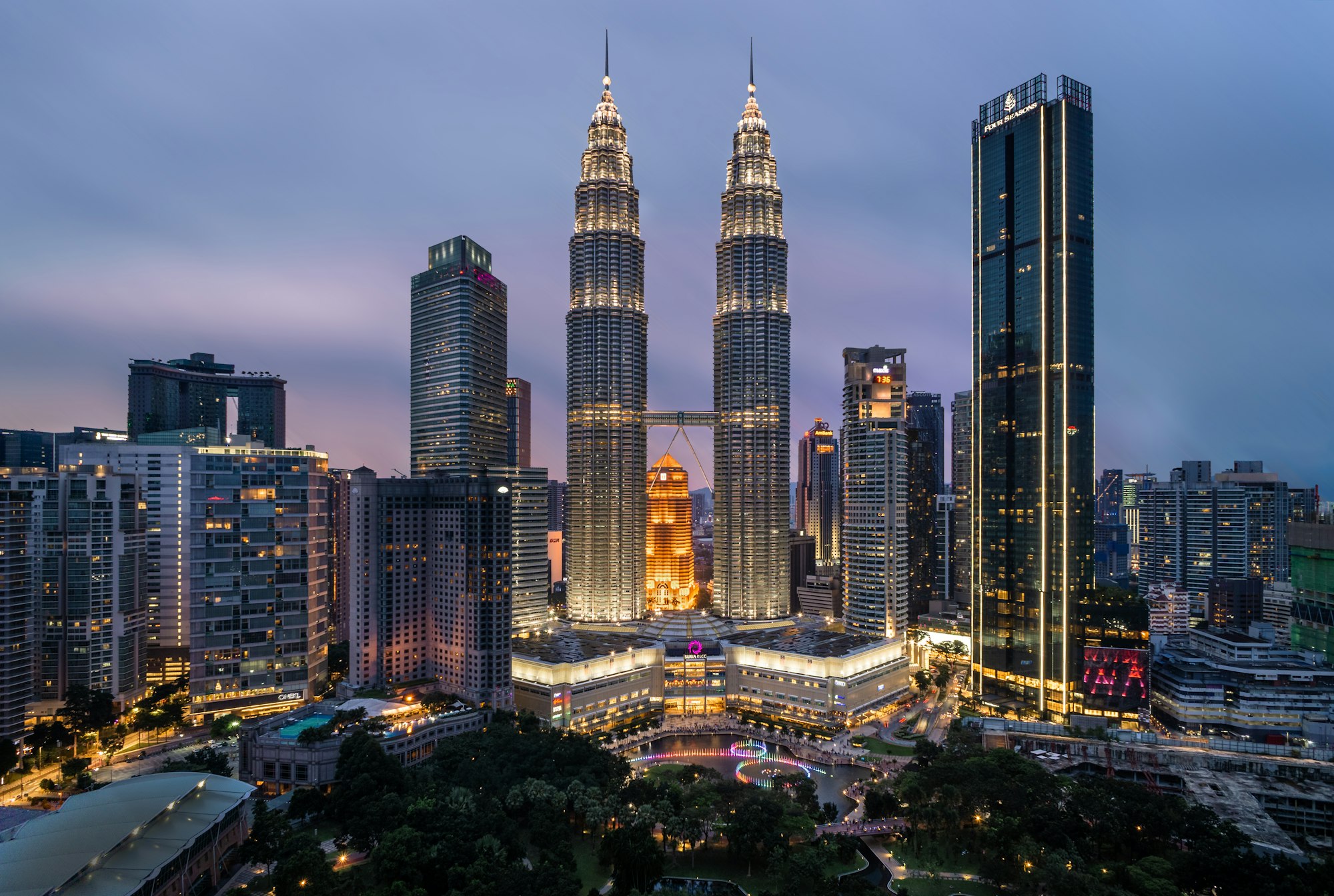Malaysia’s battle against the Covid-19 pandemic has been colored by political instability, following the fall of the Pakatan Harapan (PH) Government in February 2020. The first case in the country, which marked the start of the first wave of infections, was detected in January 2020. The Government took swift measures to strengthen its Covid-19 response capacity, for instance by increasing the number of ventilators, laboratory testing capacities, and contact tracing activities, as well as enforcing quarantine for selected overseas arrivals. Until the first week of March 2020, these measures kept reported cases well within two digits.
Although the new Government continued these public health measures, lapses in monitoring mass gatherings amidst a political turmoil triggered a second wave, which led to a 'lockdown', in the form of a Movement Control Order (MCO), and the closure of the country’s international borders. The first MCO, which comprised six phases to ensure a gradual, calibrated response in managing the pandemic, succeeded in reducing the number of reported cases. The combination of border closures, partial curfews, restricted movements outside people’s own homes, and quarantine and isolation strategies, eventually led to zero locally-transmitted cases on 1 July 2020. However, two events – the Sabah state elections in September 2020 and the year-end holiday period – generated new waves of infections that continue to plague the country today. Malaysia is still in a state of emergency (declared in January 2021), which has led to the suspension of parliamentary processes and granted the executive sweeping powers to enact laws to manage the pandemic.
